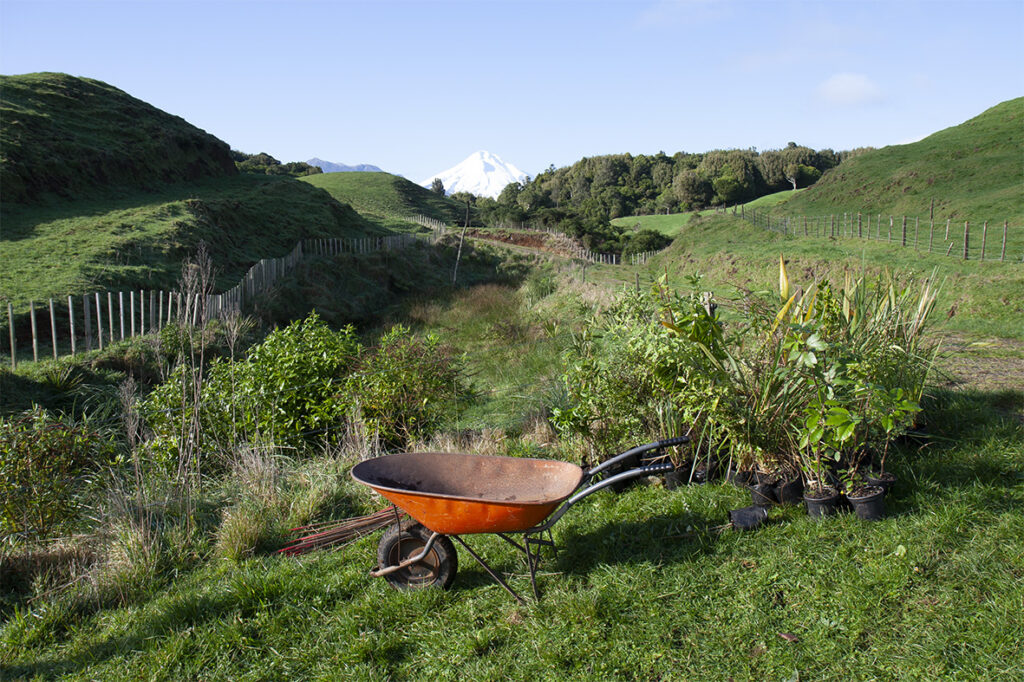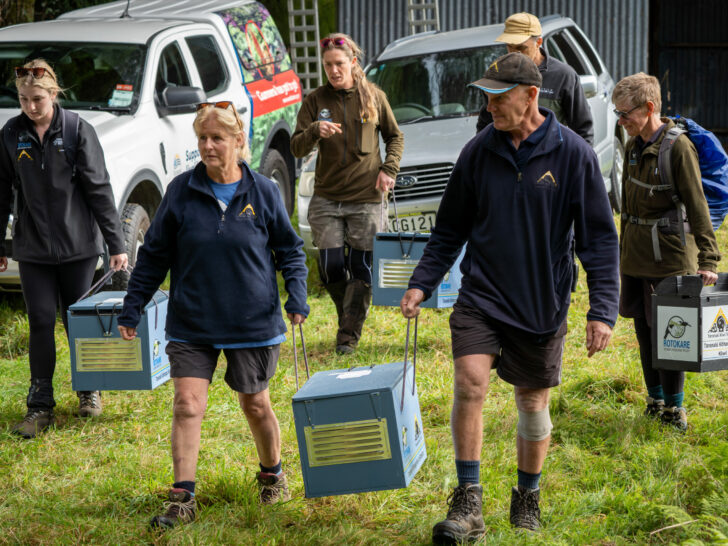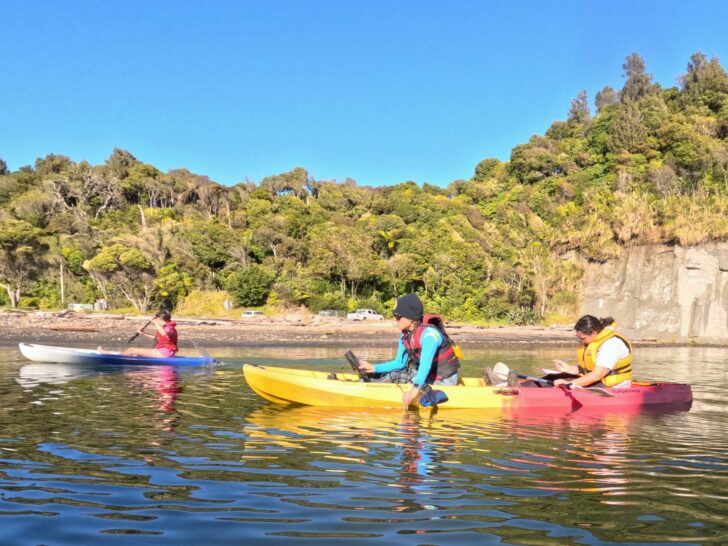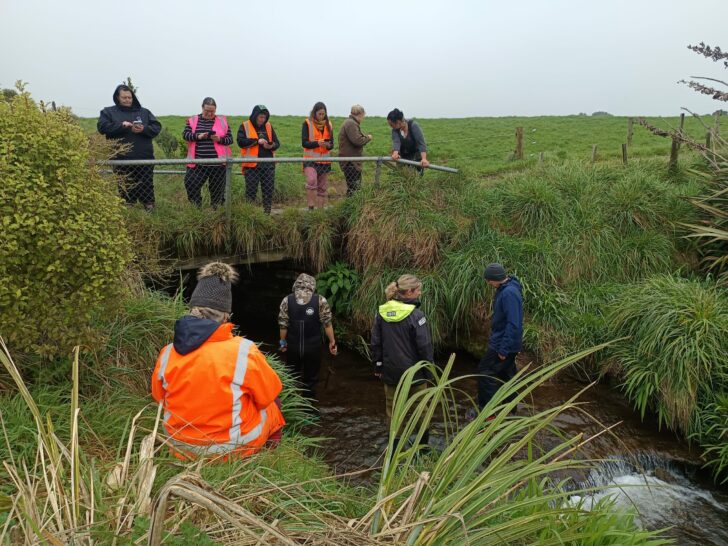Support our community to restore Taranaki's natural environment
We can’t do it alone. We need your help! Any money you donate will go directly to supporting Taranaki projects restoring and protecting biodiversity. You get to choose where it goes to. And if you can’t help out with cash, you can help in other ways.
Member Spotlight – Guardians of the Green: North Taranaki Forest and Bird
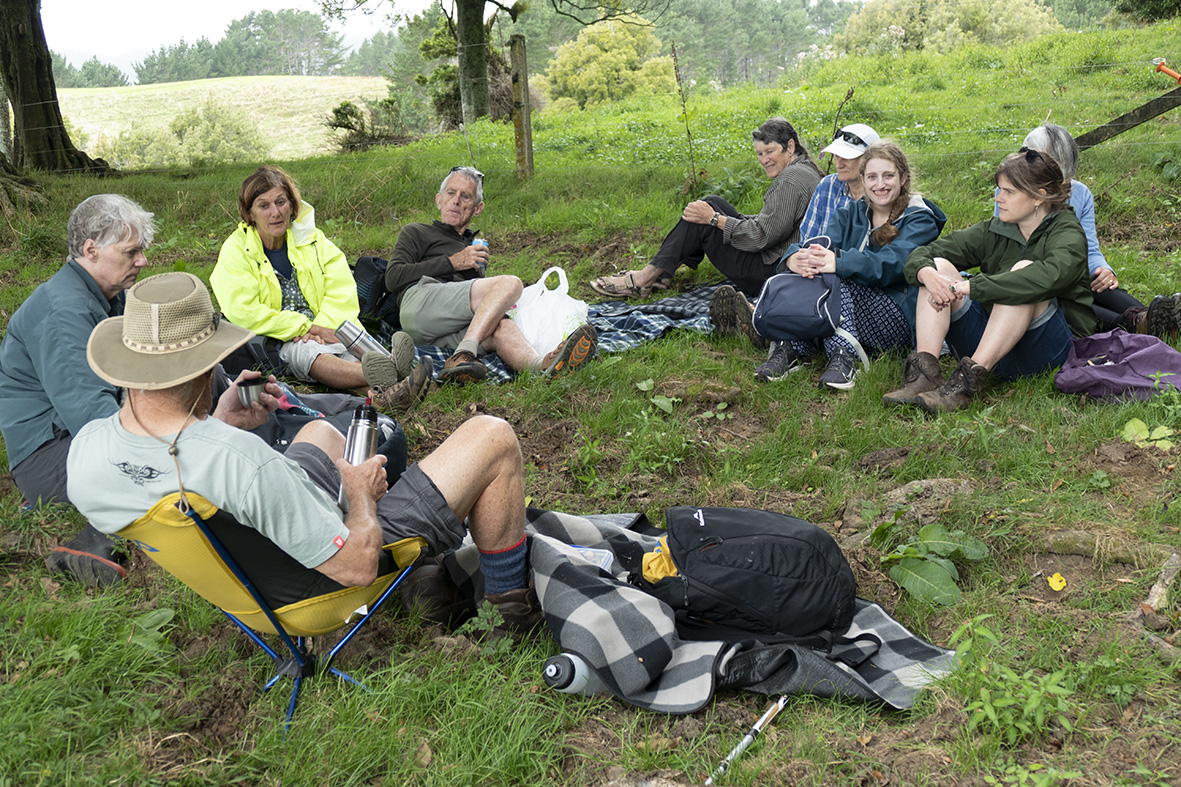
For more than a century, Forest & Bird has been looking after native bush in North Taranaki, in particular two incredible native bush reserves, Tom and Don’s Bush in the south, and Te Wairoa, near Inglewood.
North Taranaki’s branch is a passionate collective who carry on this legacy through hands-on conservation, restoration, and advocacy.
Tom & Don’s Bush: A Forest Left Standing
Hidden off Albion Road, Tom & Don’s is one of the few remaining patches of unlogged native forest on the Taranaki ring plain — 15 hectares of tawa, pukatea, kohekohe, rimu, and tree ferns that have stood untouched for centuries. Native birds thrive here, including tūī, kererū, bellbirds, moreporks and shining cuckoos.
Once owned by Tom Hammond and later Don Smith, both of whom refused to fell the bush, this area has been a conservation focus for decades. Thanks to pest control (including possum eradication in 2023) and replanting, the forest is in great shape and bouncing back with native life.
The land is protected under a QEII covenant and managed by our branch, though it is not open to the public and access is only possible with approval from both North Taranaki Forest and Bird and the farmer.
Te Wairoa: The Dorothy Baker Reserve
In 1988, local members rallied to save a 5-hectare remnant of swamp-edge forest known as Te Wairoa. Conservationist Peter Winter led the charge, and thanks to a generous $30,000 bequest from Dorothy Baker, a dedicated local teacher and Forest & Bird member, the remnant and surrounding land was secured — despite strong opposition from National Office at the time.
Today, it stands as a rich example of lowland native bush, filled with huge puriri, buttressed pukatea, towering tawa, and rare swamp maire in the wetland area. Birds flock here too — bellbirds, kingfishers, moreporks and pukeko among them.
Fun fact – in the 1920s, Edward, Prince of Wales, reportedly insisted his train stop there so he could have lunch facing the bush.
Over the years, volunteers have transformed the previously grazed paddocks surrounding the remnant bush into lush undergrowth. Ongoing pest and weed control, wetland planting, and even a future boardwalk are part of the vision. If you pass along Mountain Road, you’ll see the now thriving forest where once there was only pasture.
The North Taranaki branch has around 220 members, but boots on the ground are always needed — for weeding, planting, predator control, or just lending a hand. The branch also host regular talks and nature outings, open to everyone.
You can support North Taranaki Forest and Bird by becoming a member, donating, or joining working bees.
https://www.forestandbird.org.nz/branches/north-taranaki
